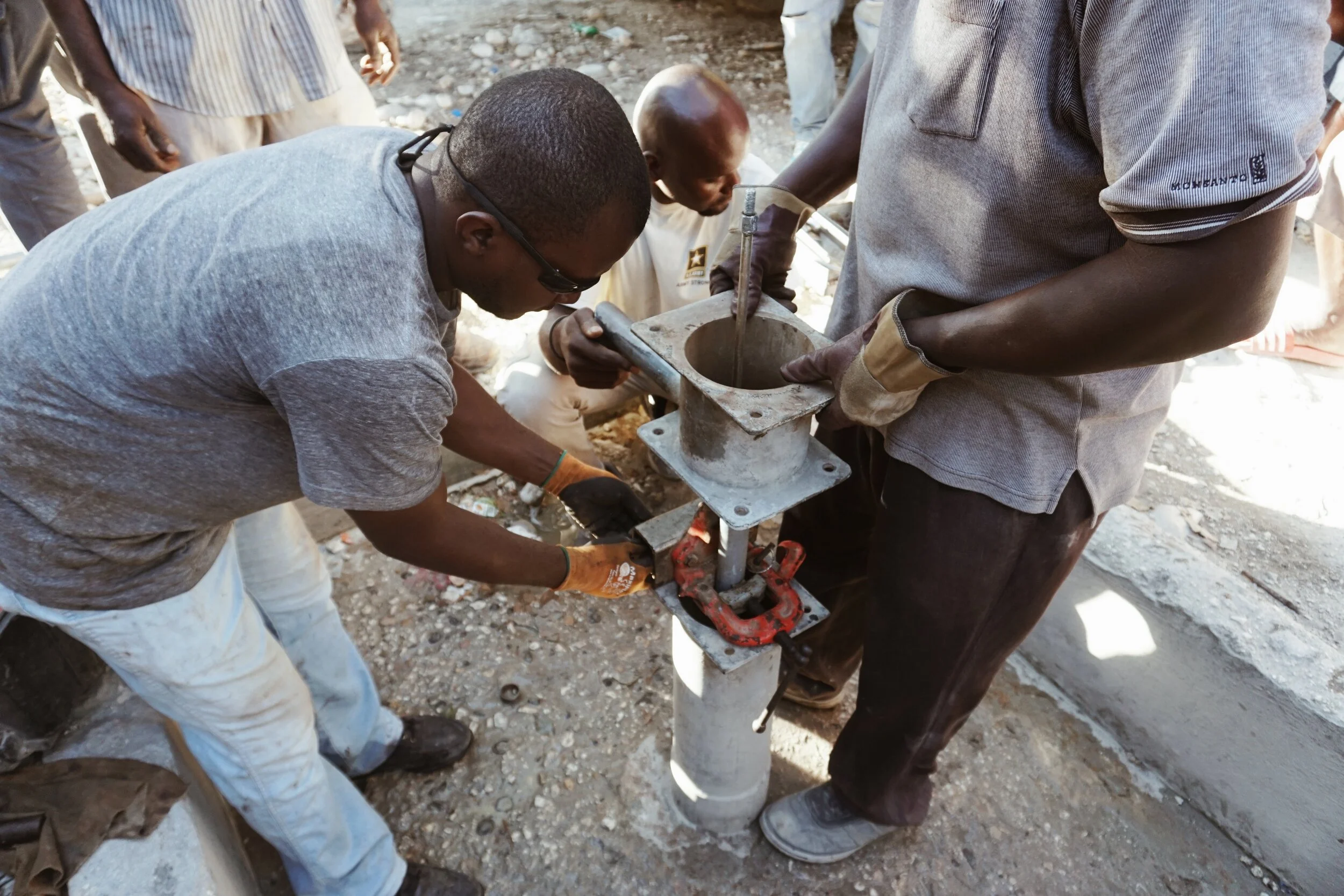Wala & Village Rights International
After 12 hours of travel, we landed with fatigue and excitement in Panama City. The language barrier established itself pretty quickly for me as we made our way through customs. Previously, my furthest venture outside the US had been to the far-off land of Toronto, Canada. On top of this, you could find the entirety of my known Spanish vocabulary on the drive-thru menu at Taco Bell. So, you might say I felt a little lost in this new place so far from my comfortable couch. However, it was here I learned that there are common threads between members of the human race everywhere, pulling us together and making exotic lands feel not-so-far-away after all.
As we exited the terminal in Panama City, we were met by Ben and Teo. Ben had been in contact with Rachael leading up to our trip, and we would spend almost the entirety of our time with him. Ben founded the non-profit Village Rights International, a foundation seeking to aid indigenous groups in Panama in all things legal. Armed with his degree from the University of Florida, Ben was a man set to use his God-given gifts to help these people who were not equipped to help themselves in this arena. See, Ben’s parents were missionaries in the indigenous village of Morti, so he spent his childhood with these people. And as we learned, Teo was from Morti, so their relationship was deep. Teo was going to be our “in” at the village of Walla, a community neighboring Morti, and who spoke a language called Kuna in which only Teo was fluent. I wonder still if we would have been able to reach Wala in the same way had Teo not been a part of our team.
We spent our first evening in a small hostel in Chepo and departed for Wala early the next morning. Ben told us that the logging industry was huge in Panama, which resulted in many open areas. Those that had been freshly cut were still covered in a layer of light ash and littered with blackened trunks. But Ben told us we would notice the stark contrast at the Wala border. He was correct. The fields of thin grass became abrupt thick forest at the border where the logging companies were not allowed to go. Sitting at the border were a couple of men – a border patrol if you will – who spoke briefly with Teo and moved the log gate to grant us entry. Ahead of us was an hour and a half journey through the forest over constant bumps and hills that shook our poor rental car the whole way. I couldn’t help but be amazed at the occasional giant koiba trees – they stood nearly twice as tall as any other trees. According to Ben, the wood is essentially useless, and so they stood as lonely giants in the middle of even the logged areas. After a somewhat exhausting hour and a half of bouncing around, we saw the village of Wala across a river up on a hill.
I got my camera ready as we parked our car on the rocky beach of the river that separated us from Walla. The river was full of activity – it was, as we learned later, the center of life at Walla. Kids laughed and splashed around; fathers played catch with their sons; many women washed clothes at the opposite bank. A man named Alex, our first friend in Walla, pulled a hand-dug canoe over the water. Ben told Rachael and me to get in and Alex would tow us across. Children giggled as we warily hobbled our way into the canoe, and we were escorted across the river by smiling Alex. We clumsily exited the boat on the other side and turned to watch Ben and Teo (much more comfortably) follow suit. We took our backpacks and jugs of water and climbed the steep dirt hill into the village.
Walla felt very foreign to my American sense of comfort. We weaved our way through homes of wooden walls and thatch roofs, which huddled closely together in a seemingly random pattern. Groups of small, shirtless children watched us curiously, only to turn and run at eye contact, a cluster of giggling bellies. Almost every wooden home held up a bright red satellite dish – most likely a gift, Ben told us, from a politician in exchange for votes. So many homes had colorful clothes hanging to dry everywhere, safely above the dirt floors, with a small flat screen TV playing something quietly from the dish. We stopped and left our things at Alex’s home, where we met his family and waited for a bit on wooden benches and hammocks.
We then had the chance to explore for a bit: we were scheduled to meet with the village chiefs a few hours later. On our tour, we saw the village school (where there was a rain water catchment system in place!), the homes we’d be staying in, and some incredible scenery. Rachael did some water testing at each of the water access points in the community and also took down some GPS coordinates of the water sources, key points in the community, and other existing structures of previously uncompleted projects. It is very common to see parts of water systems, such as the massive water tower at the highest point in the community of Wala and other pieces of piping. Unfortunately, many projects sit unfinished due to a lack of funding.
I will, though, always remember the meeting with the chiefs and elders – which you can read about in Part II (coming soon!)
From left to right, one of Ben's contacts in Morti, Teo, Anthony, Rachael, and Ben













